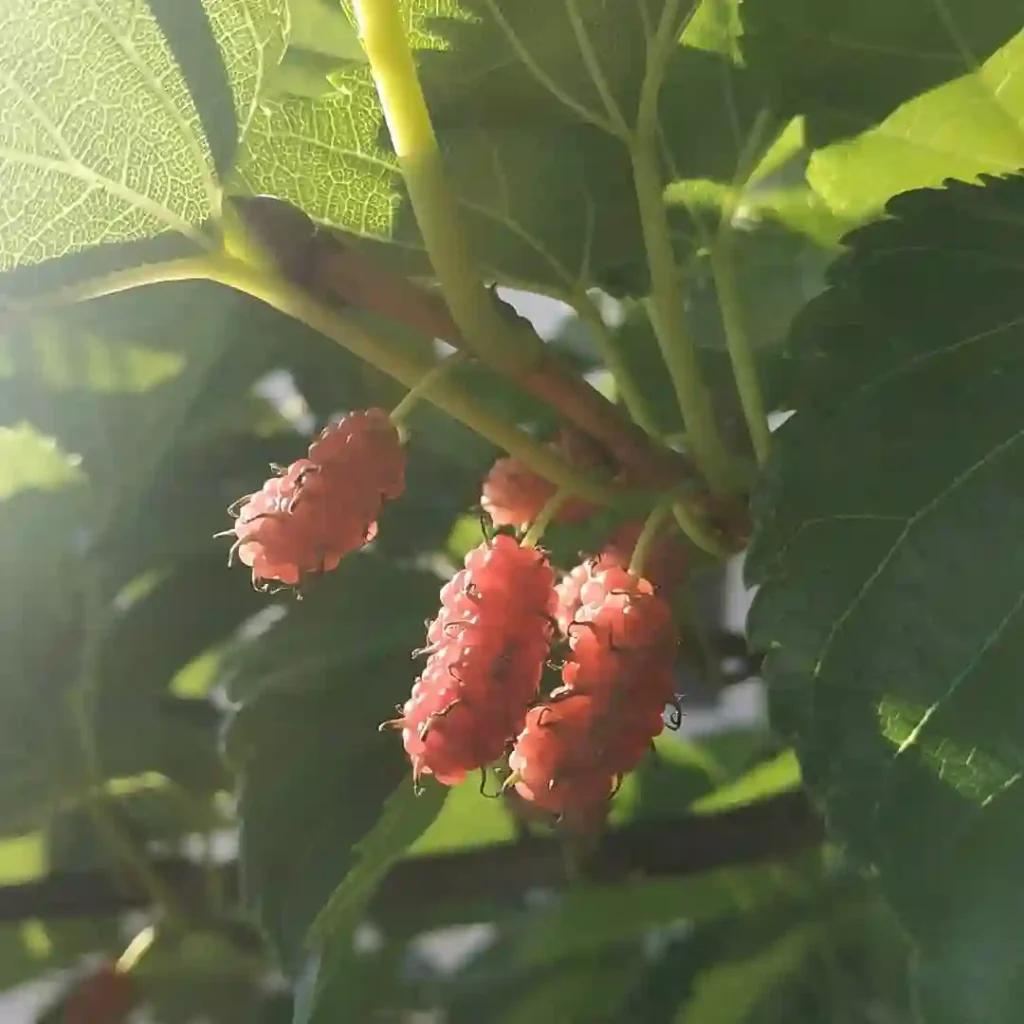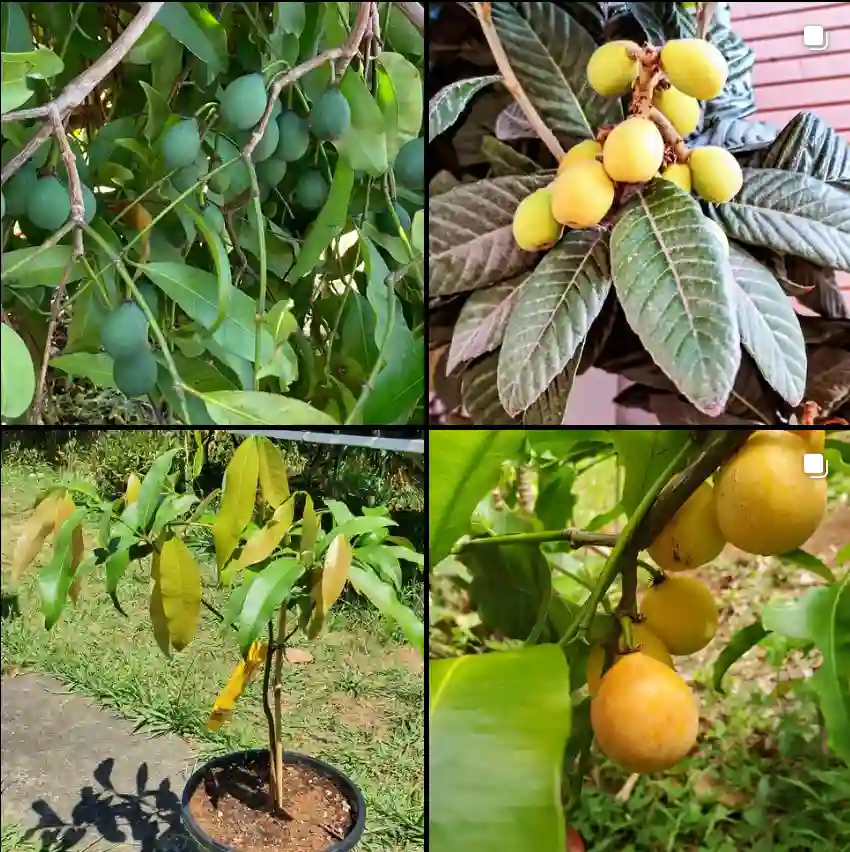
Plant Family: 1720 Genera in Asteraceae
What is Cichorium Intybus?
Cichorium Intybus, commonly known as Chicory, is a versatile and hardy plant belonging to the Asteraceae family. Often recognized for its vibrant blue flowers and deeply lobed leaves, Chicory is valued for both its culinary and medicinal uses. Native to Europe and Asia, it has a long history of use, from ancient Greek and Roman times to modern kitchens and herbal medicine.
How to Grow Cichorium Intybus?
Growing Cichorium Intybus can be a rewarding experience, especially if you appreciate its unique flavor and ornamental appeal. Here’s a step-by-step guide to cultivating Chicory:
Choosing the Right Location: Chicory thrives in full sun but can tolerate partial shade. It prefers well-drained soil rich in organic matter. Ensure the soil is fertile and has a pH level between 6.0 and 7.0.
Planting: You can start Chicory from seeds directly sown in the garden or started indoors. For outdoor sowing, plant the seeds in early spring, about ¼ inch deep and spaced 12 inches apart. If starting indoors, sow seeds 6-8 weeks before the last frost and transplant seedlings once they’re sturdy enough.
Watering and Fertilizing: Keep the soil consistently moist but not waterlogged. Chicory is relatively low-maintenance but benefits from a balanced fertilizer applied in early spring and again in mid-summer.
Harvesting: Chicory leaves can be harvested when they are young and tender, typically around 60 days after planting. For root harvesting, wait until the fall, after the first frost, when the roots are at their sweetest.
When to Plant Cichorium Intybus?
The ideal time to plant Cichorium Intybus depends on your climate. In temperate regions, sow seeds directly into the garden in early spring, just after the last frost. If you’re in a region with milder winters, you might also sow in late summer for a fall harvest. Starting seeds indoors is another option if you want to get a head start on the growing season.
Is Cichorium Intybus a Weed?
While Chicory is not considered a weed in the traditional sense, it is sometimes labeled as such in certain contexts. Its robust growth and ability to spread can lead it to be perceived as invasive. However, many gardeners and farmers appreciate its resilience and value it as a beneficial plant for its culinary and medicinal properties.
Will Asteraceae Cichorium Intybus Cross-Pollinate?
Yes, Cichorium Intybus, like many members of the Asteraceae family, can cross-pollinate. If you are growing different varieties of Chicory, such as those used for salad greens versus those grown for their roots, be aware that cross-pollination may occur. This can affect the flavor and characteristics of the seeds if you plan to save them for future planting.
How to Care for Cichorium Intybus?
Caring for Chicory involves a few key practices:
Weeding: Keep the area around Chicory free from weeds to reduce competition for nutrients and water.
Mulching: Apply a layer of mulch around the plants to help retain soil moisture and regulate temperature.
Pest Management: Watch for common pests like aphids and caterpillars. Use organic pest control methods if needed.
How to Propagate Cichorium Intybus?
Chicory can be propagated primarily through seeds. Collect seeds from mature plants in the late summer or fall. Store them in a cool, dry place until you are ready to sow them. Starting from seeds ensures you maintain the plant’s traits and avoids potential diseases associated with plant divisions.
What to Plant with Cichorium Intybus?
Chicory pairs well with a variety of other garden plants. Companion planting with beans or peas can improve soil fertility, while planting Chicory alongside carrots or onions can help maximize garden space and repel pests.
Can You Grow Cichorium Intybus Indoors?
Growing Chicory indoors is less common but possible. You’ll need a bright, sunny location or supplemental grow lights. Ensure you use a well-draining potting mix and provide adequate water and nutrients. Indoor growing might limit the plant’s size but can still yield edible greens and roots.
Is Cichorium Intybus Toxic?
Cichorium Intybus is not toxic. It is safe for consumption and has been used in various culinary dishes. However, as with any plant, it’s essential to consume it in moderation and be aware of any personal allergies or sensitivities.
Where to buy chicory root?
When I was searching for chicory root, I found that my local health food store, Green Earth Market, was the perfect place to buy it. They had a diverse selection of organic herbs and supplements, including chicory root in various forms like powder and capsules. What I loved most about shopping there was the emphasis on quality and sustainability. The staff were always friendly and knowledgeable, ready to offer advice on the best products for my needs. It felt good knowing that I was supporting a local business that shared my values, and the chicory root I bought there worked wonders for my digestive health.
How to make chicory coffee?
I actually just experimented with making chicory coffee for the first time last week! It’s a fun process, though a little more involved than my usual morning cup. I found pre-roasted chicory root at a cute herbal shop on Hang Bun. Roasting it yourself seems interesting, but for a first try, the pre-roasted stuff worked well. Brewing is pretty similar to coffee – I used a French press, about 1.5 teaspoons of chicory root to a cup of water, and steeped it for a good 5 minutes. The chicory by itself was strong and earthy, a bit too much for me black. But with a splash of milk and a touch of honey, it became a really cozy and unique drink. I might even try mixing it with some regular coffee next time for a deeper flavor.
Is chicory root safe during pregnancy?
This is one where I’d definitely err on the side of caution. I know chicory root has been gaining popularity as a coffee alternative, and it can be a great source of fiber. But from what I’ve read online, there just isn’t enough solid information out there about whether it’s safe for pregnant women. Some sources say it might act like some herbs that can induce menstruation, which obviously wouldn’t be good during pregnancy. Since my morning cup of coffee (in moderation!) is my little ritual, I think I’ll stick with that for now and maybe revisit chicory root after the baby arrives. It’s always best to check with a doctor or midwife anyway to be on the safe side.
How to harvest chicory?
Harvesting chicory is a simple process that involves timing and proper technique. When the chicory plants have reached maturity, usually around 60 to 90 days after planting, I start by carefully cutting the outer leaves with a sharp knife or scissors. I prefer to harvest the leaves individually rather than uprooting the entire plant, as this allows the plant to continue producing more leaves. I typically harvest chicory in the morning when the leaves are crisp and full of flavor. It’s important to avoid harvesting during wet conditions to prevent disease and rot. By consistently harvesting the outer leaves while leaving the inner ones to continue growing, I can enjoy a prolonged harvest of fresh and tender chicory leaves throughout the season.
Is chicory root low fodmap?
Chicory root contains inulin, a type of soluble fiber that can be fermentable, which might trigger symptoms in some individuals with irritable bowel syndrome (IBS) or other gastrointestinal issues. According to Monash University’s Low FODMAP diet, which is designed to help manage symptoms of IBS, chicory root is considered high in FODMAPs and is best avoided or consumed in small quantities by those following the diet. For individuals sensitive to FODMAPs, it’s advisable to consult with a healthcare professional or a registered dietitian for personalized dietary advice.
What color is chicory?
Chicory flowers typically bloom in shades of blue, ranging from pale sky blue to deeper shades resembling periwinkle. The color of chicory flowers adds a lovely touch to gardens and landscapes, creating a delicate and vibrant display against green foliage.
Are chicory flowers edible?
Yes, chicory flowers are edible and can be enjoyed both for their visual appeal and their mild, slightly bitter flavor. The petals of chicory flowers can be used to add a pop of color and a subtle bitterness to salads, desserts, or as a garnish for various dishes. They can also be infused into syrups, teas, or even made into floral-infused vinegars. However, it’s essential to ensure that the flowers you consume are free from pesticides and other contaminants if you’re harvesting them yourself.
Can you frost seed chicory?
Yes, frost seeding chicory is a viable option for establishing this cool-season forage crop in certain climates. Frost seeding involves broadcasting seeds onto the soil surface during late winter or early spring while the ground is still frozen or experiencing freeze-thaw cycles. The repeated freezing and thawing help to incorporate the seeds into the soil, promoting germination once temperatures warm up. Chicory seeds are known to be tolerant of frost and can germinate well under these conditions, making frost seeding a practical method for establishing chicory in areas with cold winters.
Do deer like chicory?
Yes, deer are known to be attracted to chicory, particularly the tender leaves and shoots that emerge from the plant. Chicory is a nutritious forage crop that provides deer with essential vitamins and minerals, making it a popular choice for wildlife food plots and habitat enhancement projects. Additionally, chicory’s deep taproot allows it to withstand grazing pressure and adverse weather conditions, making it a resilient option for deer forage. Many hunters and wildlife enthusiasts incorporate chicory into their food plot mixes to attract and sustain deer populations throughout the year.
How to roast chicory root?
Roasting chicory root is a simple process that brings out its natural sweetness and deepens its flavor. To roast chicory root, start by thoroughly washing and scrubbing the roots to remove any dirt or debris. Then, preheat your oven to around 375°F (190°C). Next, chop the chicory roots into small, even-sized pieces, similar to how you would prepare roasted vegetables. Place the chopped chicory roots on a baking sheet lined with parchment paper or aluminum foil, making sure they are spread out in a single layer to ensure even roasting. Drizzle the roots with a bit of olive oil and season them with your choice of herbs and spices, such as salt, pepper, and garlic powder. Toss the roots to coat them evenly with the oil and seasoning. Roast the chicory roots in the preheated oven for about 25-30 minutes, or until they are tender and golden brown, stirring occasionally to ensure even cooking. Once roasted, allow the chicory roots to cool slightly before serving as a flavorful and nutritious side dish or snack. Enjoy!
Is chicory root gluten free?
Yes, chicory root is naturally gluten-free, making it a suitable option for those with gluten sensitivities or celiac disease. Chicory root is a type of vegetable that is commonly used as a coffee substitute or as a source of inulin, a type of soluble fiber. It is free from gluten-containing grains such as wheat, barley, and rye, which are known to trigger adverse reactions in individuals with gluten-related disorders. However, it’s essential to ensure that chicory products have not come into contact with gluten-containing ingredients during processing or manufacturing to maintain their gluten-free status.
What is chicory syrup?
Chicory syrup is a sweet syrup made from the root of the chicory plant. It’s created through a process of extracting and concentrating the natural sugars found in chicory root. The syrup has a rich, caramel-like flavor with hints of bitterness, making it a popular alternative to traditional sweeteners like honey or maple syrup. Chicory syrup can be used in various culinary applications, such as sweetening beverages like coffee or tea, drizzling over desserts like pancakes or ice cream, or incorporating into recipes for baked goods and sauces. Additionally, chicory syrup is sometimes used for its potential health benefits, as it contains inulin, a type of prebiotic fiber that may support digestive health.
Can dogs have chicory root?
While small amounts of chicory root are generally considered safe for dogs, it’s essential to exercise caution and moderation due to potential risks associated with certain compounds found in chicory. Chicory root contains inulin, a type of soluble fiber that can cause digestive upset in some dogs, particularly if consumed in large quantities. Additionally, chicory root may contain compounds such as lactucin and lactucopicrin, which can have mild sedative effects and may cause drowsiness in dogs. Before giving chicory root to your dog, it’s best to consult with your veterinarian to ensure it’s suitable for your pet and to determine an appropriate serving size based on your dog’s size, health status, and dietary needs.
Can rabbits eat chicory?
Yes, rabbits can eat chicory and it can be a healthy addition to their diet. Chicory is a leafy green vegetable that is safe for rabbits to consume in moderation. It is rich in nutrients such as fiber, vitamins, and minerals, which can contribute to a balanced diet for rabbits. However, as with any new food, it’s important to introduce chicory gradually to ensure that it agrees with your rabbit’s digestive system. Too much chicory at once may cause digestive upset. Additionally, it’s best to offer fresh, clean chicory leaves rather than those that have been treated with pesticides or other chemicals. Overall, chicory can be a nutritious and tasty treat for rabbits when fed in appropriate amounts.
How to cook with chicory?
Cooking with chicory can add a unique flavor and texture to a variety of dishes. Here are a few ways to incorporate chicory into your cooking:
Salads: Use chicory leaves as a base for salads or mix them with other greens like lettuce or arugula. The slightly bitter flavor of chicory adds depth to salads, especially when paired with sweet or tangy dressings and toppings like fruits, nuts, or cheese.
Roasting: Roast chicory roots or whole heads of chicory in the oven with olive oil, salt, and pepper for a flavorful side dish. Roasting enhances chicory’s natural sweetness and caramelizes its sugars, resulting in tender and delicious roasted chicory.
Stir-frying: Slice chicory into thin strips and stir-fry it with other vegetables, protein sources like tofu or chicken, and your favorite seasonings or sauces. The slightly bitter flavor of chicory pairs well with savory stir-fry ingredients, adding complexity to the dish.
Grilling: Grill whole heads of chicory or halved chicory hearts on a barbecue or grill pan until they are charred and tender. Grilling adds a smoky flavor to chicory and creates a delicious caramelized exterior.
Braising: Braise chicory in broth, wine, or other liquids until it is tender and flavorful. Braising helps to mellow out chicory’s bitterness and infuse it with rich, savory flavors from the cooking liquid.
Experiment with different cooking methods and flavor combinations to discover your favorite ways to cook with chicory. Whether you enjoy it raw in salads or cooked in savory dishes, chicory adds a delicious and nutritious element to your meals.
If i die, water my plants!



